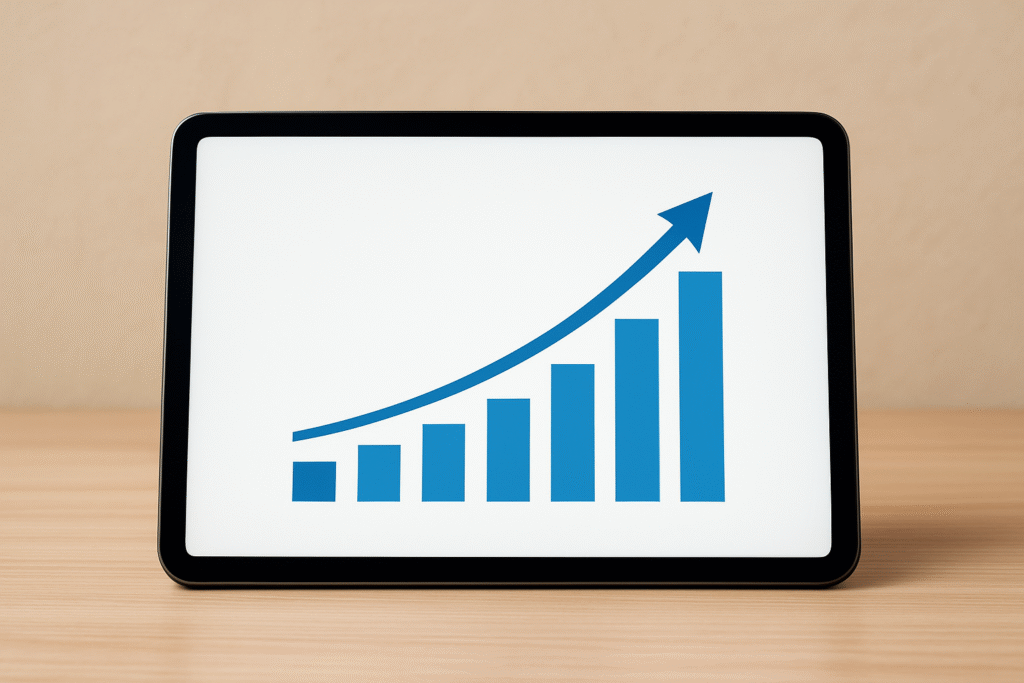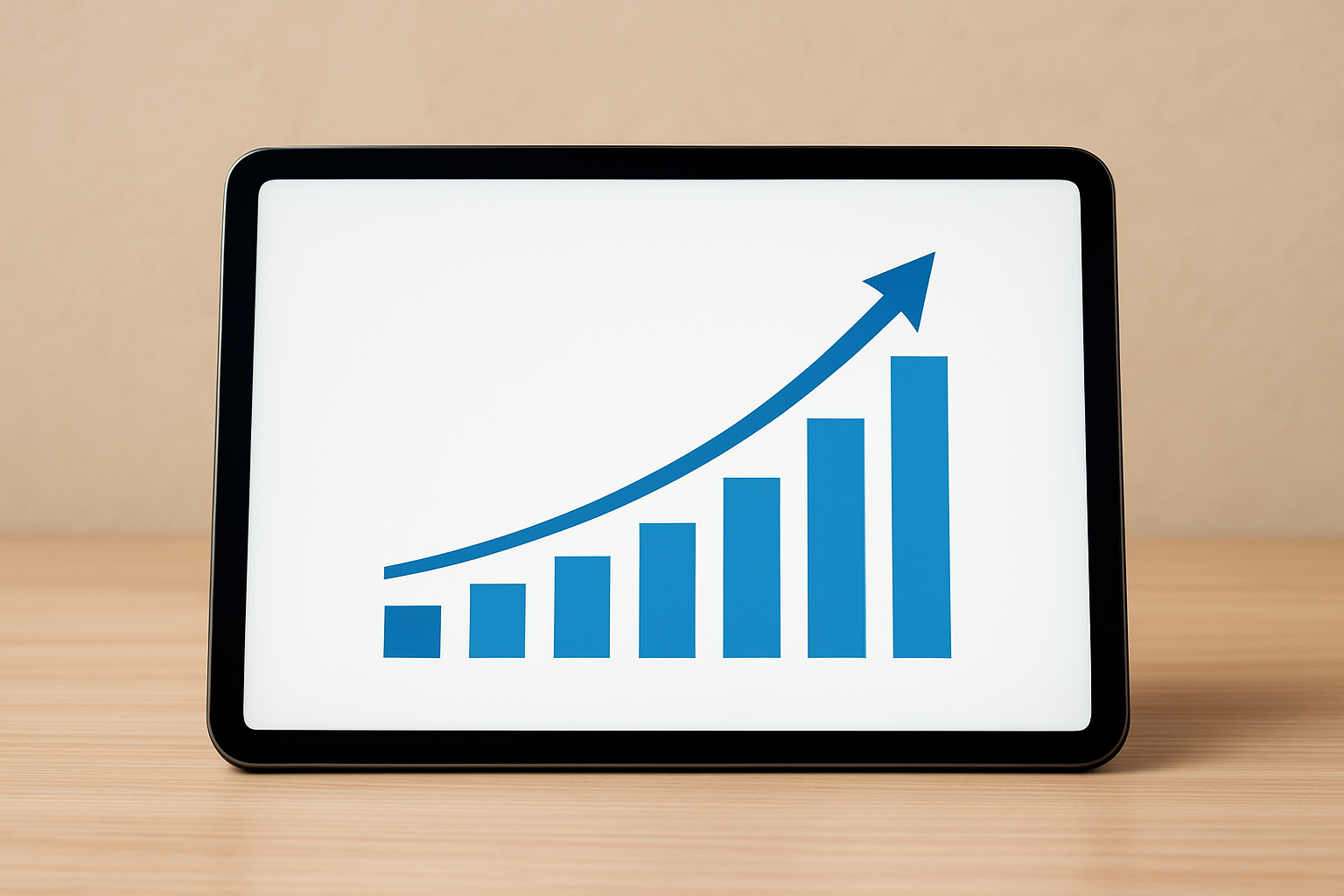
Believe it or not, the tablet market is far from flat. New data from IDC shows global tablet shipments rose 13.1 percent year-over-year in Q2 2025, reaching 38.3 million units. That kind of growth hasn’t been seen in a while, especially in a category many had written off.
So what changed? A combination of fresh hardware, replacement cycles, education demand, and panic-driven inventory boosts ahead of possible U.S. tariffs. Vendors pushed stock into key markets early, especially in the United States. China also played a major role, with government subsidies helping to move product.
Apple remains the top dog, shipping 12.7 million iPads, up 2.4 percent from the same quarter last year. While the new iPad Air models played a role, the standout was the long-overdue 10.9-inch iPad, which clearly sparked renewed interest. Apple’s lower-priced tablets continue to be the real engine behind its sales numbers.
Samsung came in second with 7.2 million units shipped, marking a 4.2 percent bump. Its expansion into Latin America, the Middle East, and Europe is paying off, as it aims to hold off rivals like Xiaomi and Lenovo.
Speaking of Lenovo, it held strong in third place, growing a solid 25 percent year-over-year with 3.1 million units shipped. Sales of the Tab M Series and Chinese-exclusive models like the Y700 and Xiaoxin Pad Pro helped boost numbers, especially thanks to government support in the People’s Republic.
Amazon made a surprise comeback. It shipped 3.1 million tablets in Q2, which is up an eye-popping 205 percent from last year. That jump is tied to the timing of Prime Day and a rush to build inventory before a rumored tariff hike that never came. Still, the boost was real.
Xiaomi locked in fifth place with 2.8 million units shipped, up 42 percent. Strong performers like the Pad 7 and Redmi Pad SE led the way, and the company added three new models this quarter, helping it keep up momentum.
As you can see, tablets are not going away. Instead, they are finding new life through smart pricing, government programs, and features that feel fresh again. Whether it’s a cheap Amazon Fire or a fancy iPad, there’s something for almost every kind of buyer right now.
Here’s how the top five vendors ranked in Q2 2025, according to IDC:
- Apple: 12.7 million units shipped, 33.1 percent market share
- Samsung: 7.2 million units, 18.7 percent share
- Lenovo: 3.1 million units, 8.2 percent share
- Amazon: 3.1 million units, 8.0 percent share
- Xiaomi: 2.8 million units, 7.4 percent share
The remaining vendors combined for 9.4 million units, making up nearly a quarter of the overall market. That shows there’s still room for smaller brands to grow, especially if they can deliver solid features at competitive prices.
It’s also clear that tablets are no longer just about casual web browsing or video watching. AI-powered tools, better displays, and laptop-style productivity features are turning these devices into real alternatives for work and school. As more buyers weigh price, performance, and platform loyalty, the fight for market share will only get more intense.
Whether you’re an Apple loyalist, an Android tinkerer, or someone just looking for a cheap device for Netflix, the tablet market is now offering something for almost everyone. And with more refreshes expected in the second half of 2025, this wave of growth may not be slowing down anytime soon.


